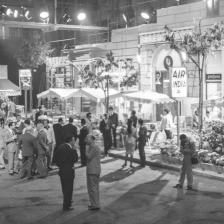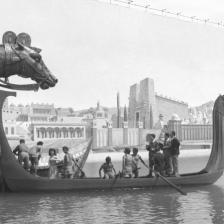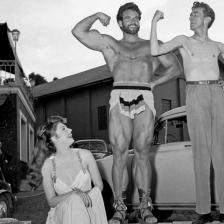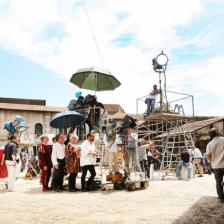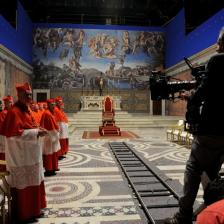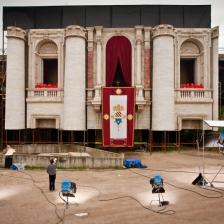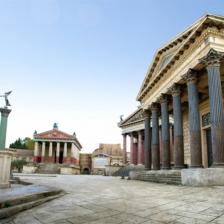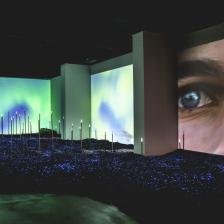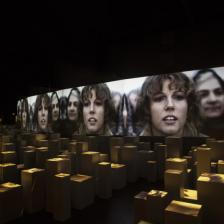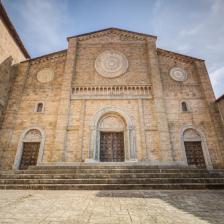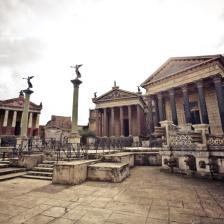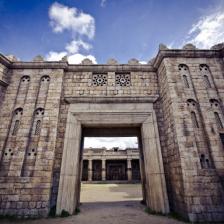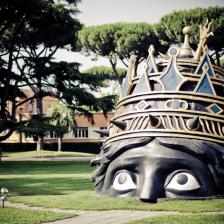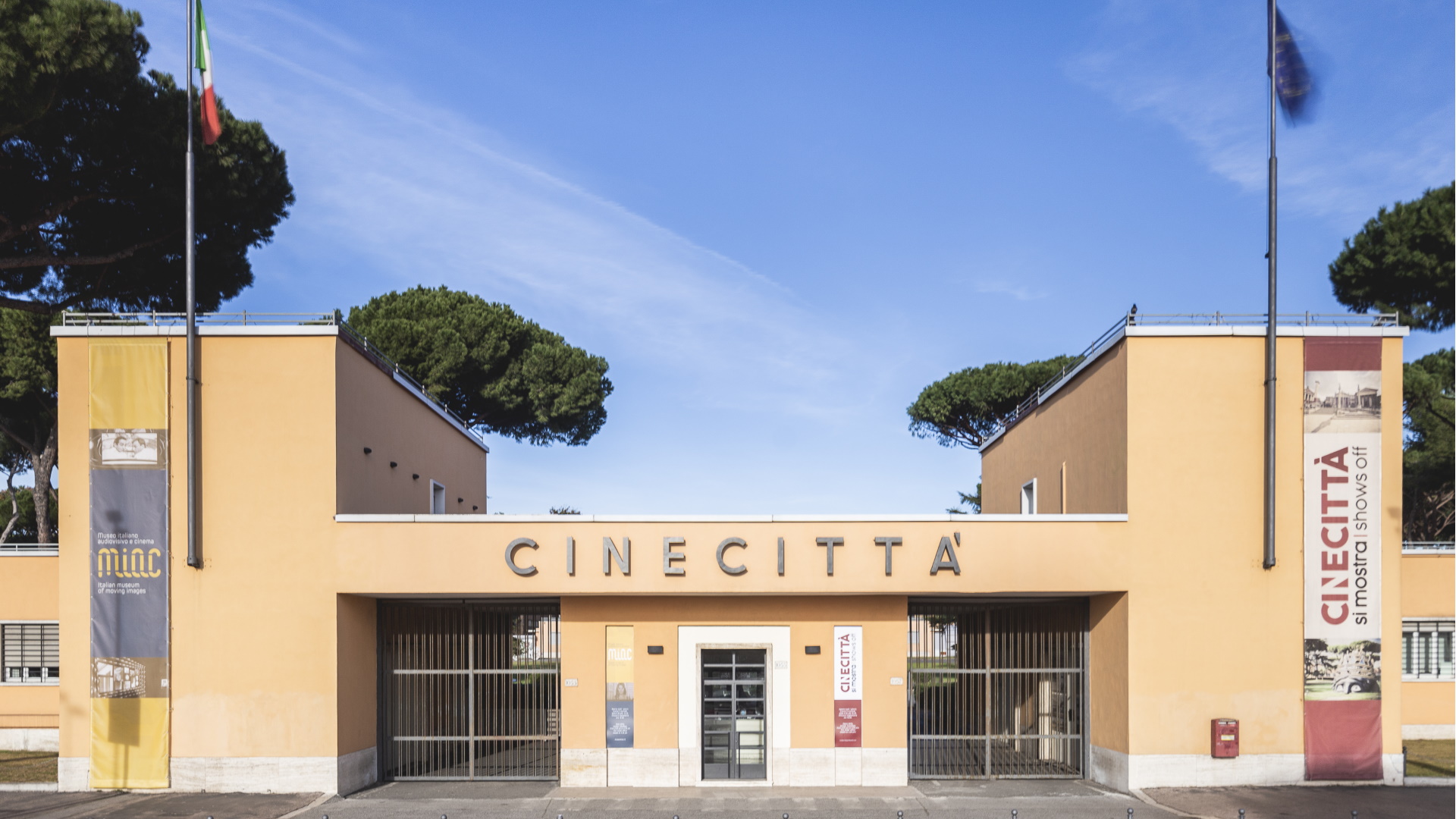
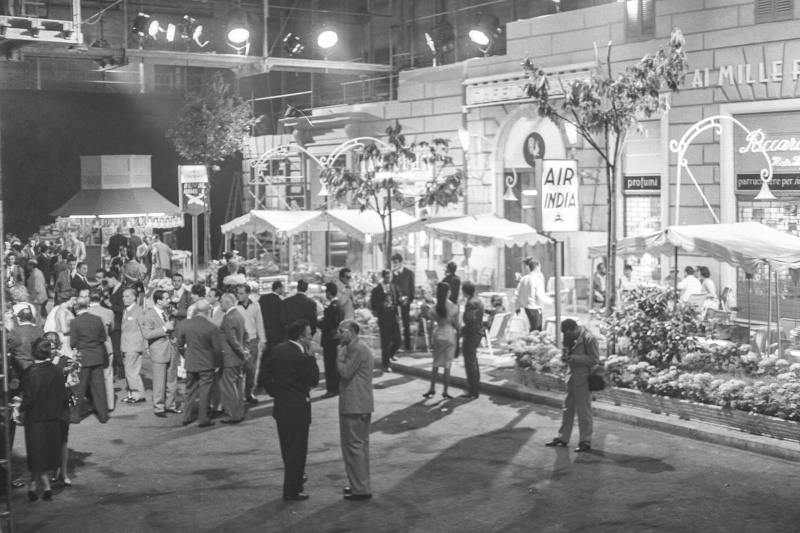
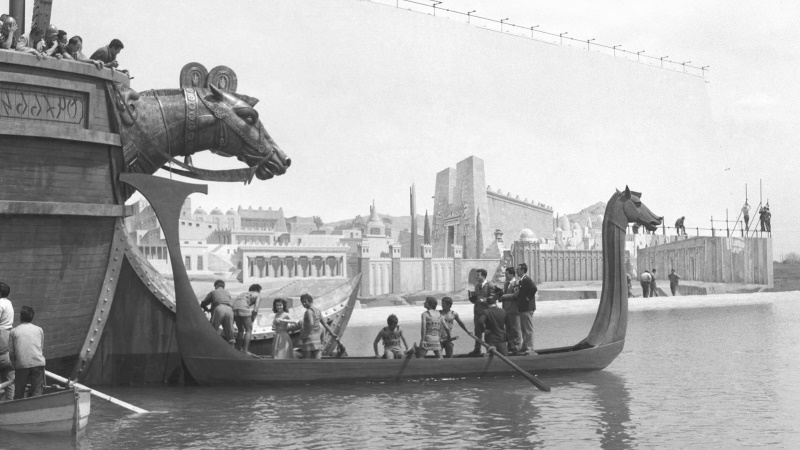
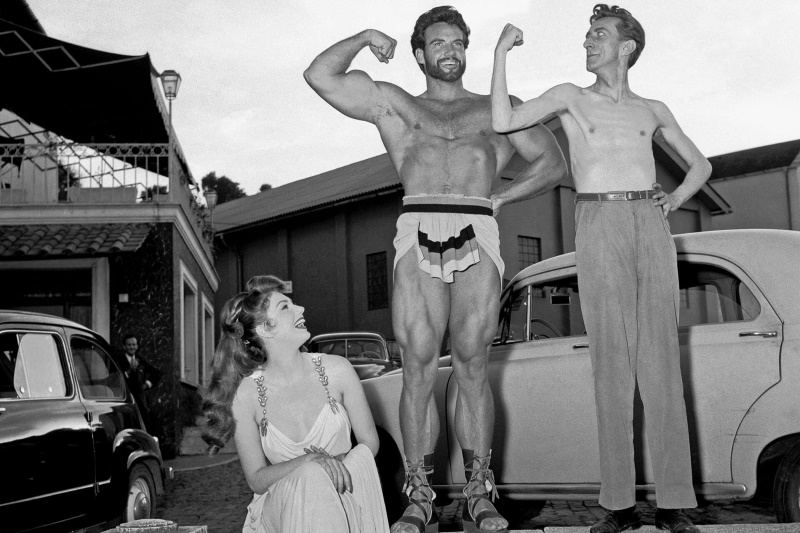
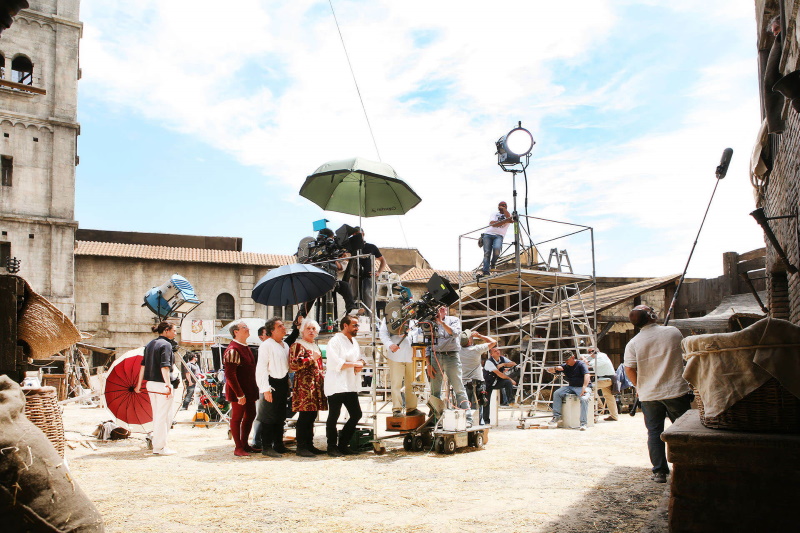
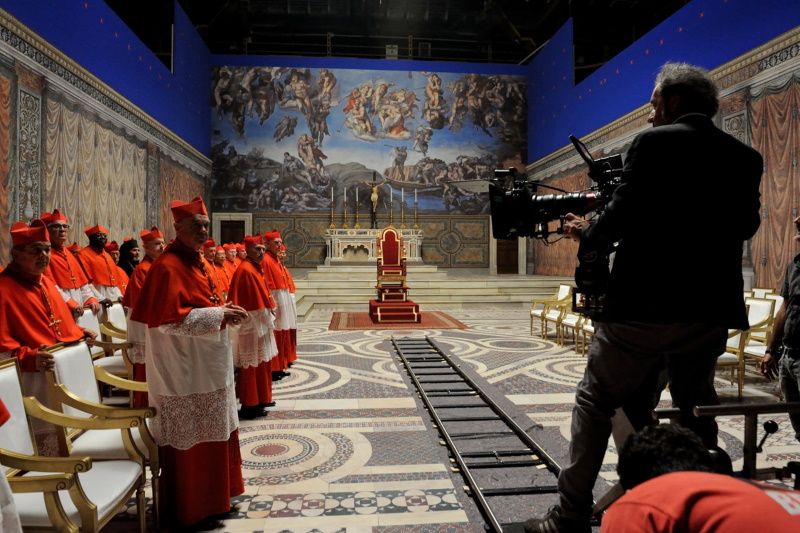
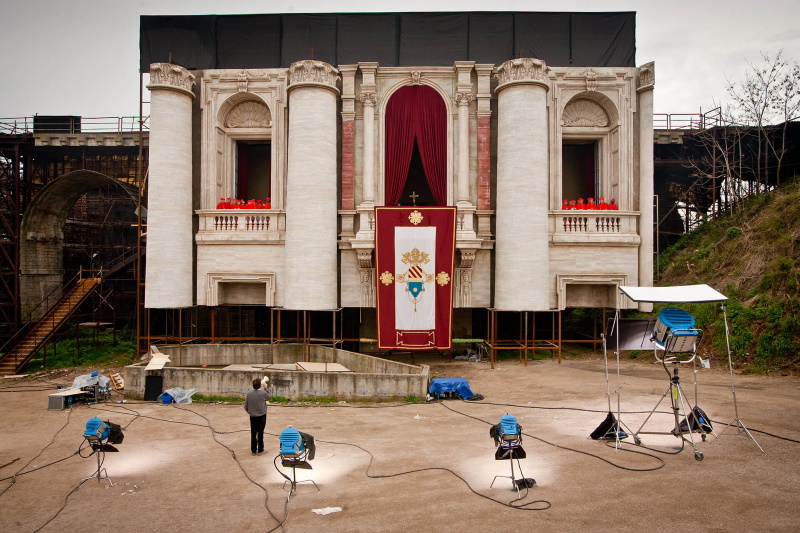
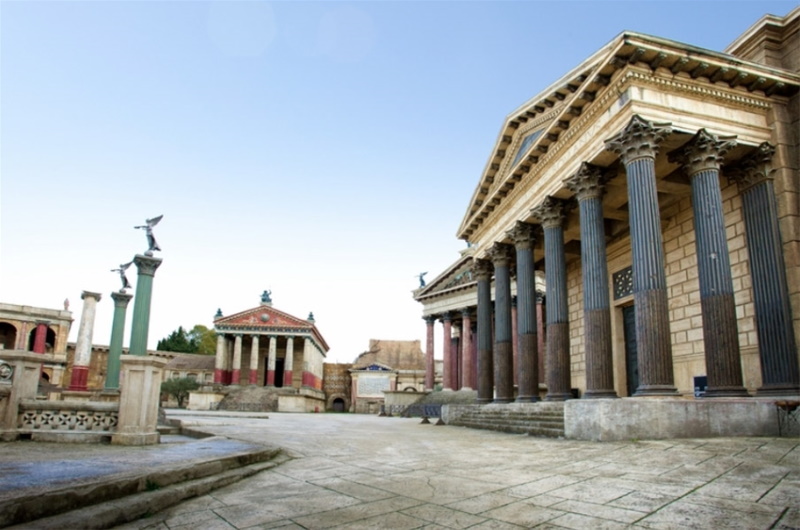
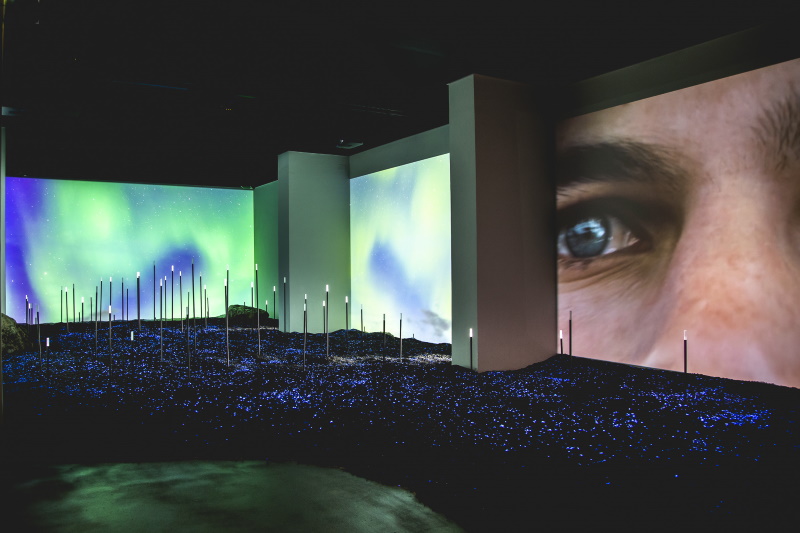
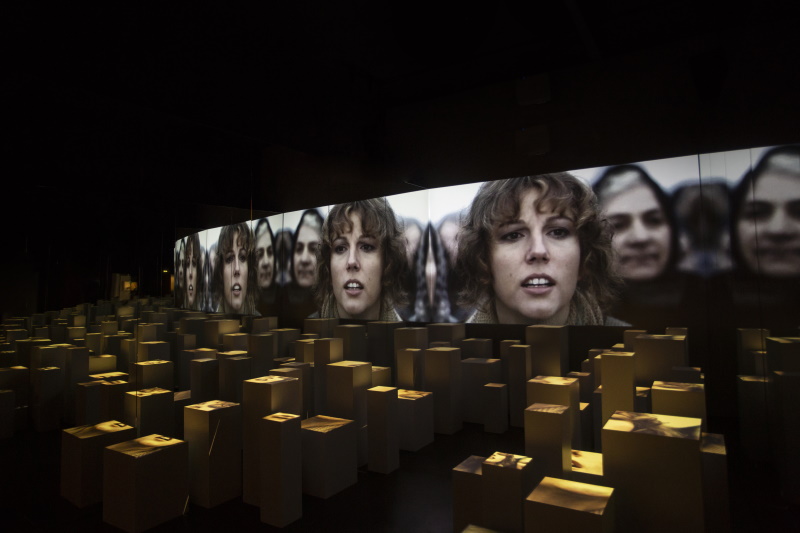

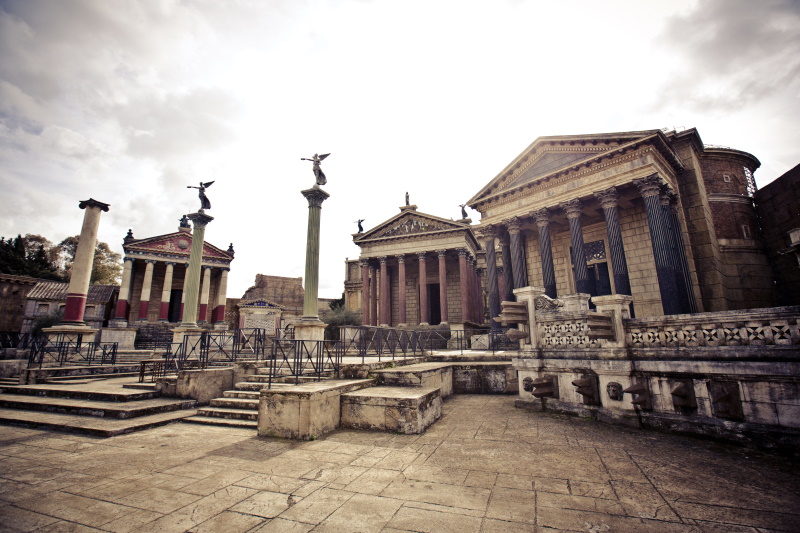
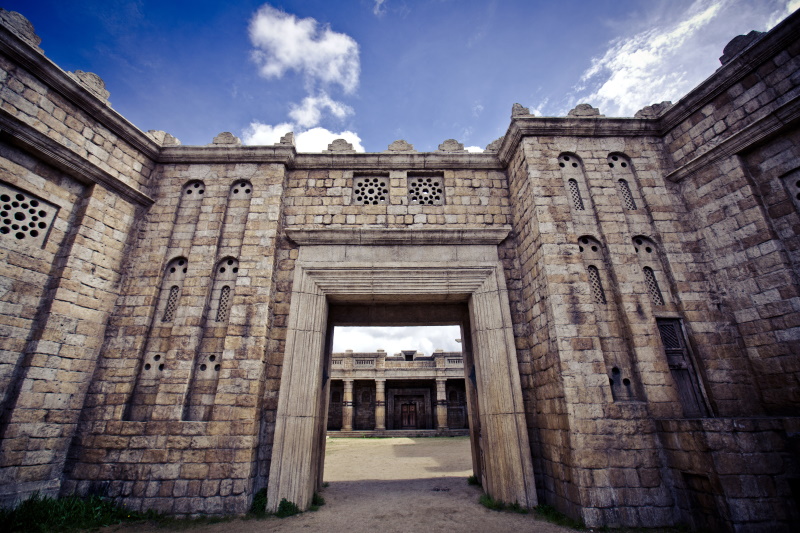
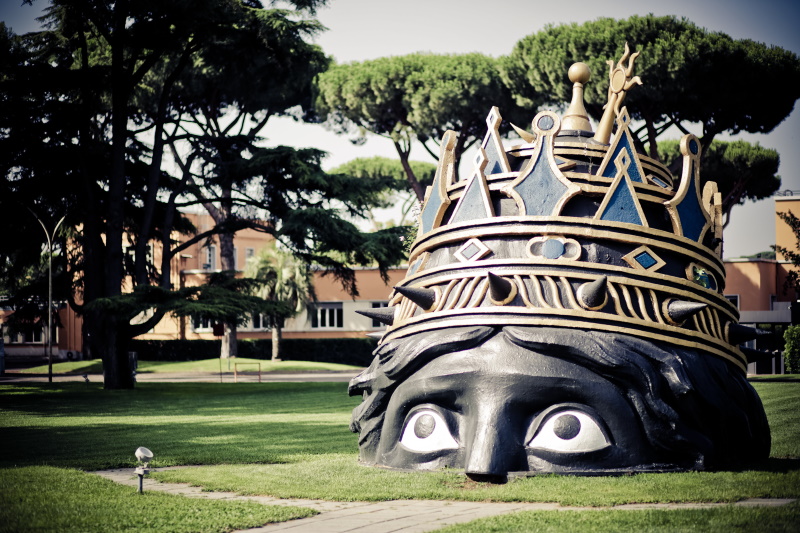
A walk through the history of Cinema
Located a few kilometers from the city center, in the homonymous district, the Cinecittà Studios are one the symbols of the worldwide film industry.
Here, tv series, commercials, and video clips, and over 3,000 films were filmed, including 90 Oscar candidates and 47 awarded in its various categories.
Designed by the architect Gino Peressutti, the Studios were inaugurated with great pomp on April 28, 1937. They included 73 buildings, 21 stage theaters, power plants, and executive offices.
The activities continued until 1943. With the Armistice of Cassibile and the birth of the Italian Social Republic, the cinematographic machine was transferred to Venice.
During the Second World War, the plants were occupied by the Nazis. In the days leading up to the Liberation by the Americans, the Germans retreated, taking away technical equipment, cameras, projectors, sound systems, and films.
Between 1950 and 1960, the great American movie productions discovered Cinecittà. Thanks to great economic investments and the value of the directors and actors working in its studios, it was nicknamed Hollywood on the Tiber.
Epochal films were born. Among these, we can mention peplum movies such as Quo Vadis? by Mervyn LeRoy and Ben Hur by William Wyler and Cleopatra by Joseph L. Mankiewicz, that saw the birth of the tormented and passionate love between Liz Taylor and Richard Burton.
Many Italian directors and actors such as Federico Fellini, Ettore Scola, Sergio Leone, Roberto Benigni, Luchino Visconti, Anna Magnani, Alberto Sordi, Vittorio De Sica, Sophia Loren, Gina Lollobrigida, Claudia Cardinale have also worked in these historical studies.
In more recent years, Cinecittà theaters have hosted the sets of some large American productions such as Carroll Ballard's The Black Stallion (1977), Francis Ford Coppola's The Godfather - Part III (1990), Rob Cohen's Daylight (1996), Anthony Minghella's The English Patient (1996), Martin Scorsese's Gangs of New York, Wes Anderson's The Life Aquatic with Steve Zissou, Mel Gibson's The Passion of the Christ (2004), Zoolander 2 (2015), a Ben Hur remake (2016), and the tv series Rome (2005-2007).
Since its first edition in 2000, the Studios have hosted the "house" of Big Brother Italian edition.
Since 2011, Cinecittà Studios have inaugurated Cinecittà shows off, to reveal to the public the immense historical and architectural heritage of the famous Dream Factory, offering the opportunity to visit the large outdoor sets and historic buildings for the first time with the exhibition routes set up inside them.
Since December 2019, the MIAC - Museo italiano dell'Audiovisivo e del Cinema has been opened here.
Today, the Cinecittà Studios, which are spread over an area of 400,000 square meters, count 19 theaters - including the legendary Teatro 5, named after Maestro Fellini - 400 dressing rooms, offices, make-up rooms and warehouses, and a large backlot of over 100,000 square meters.
Among the most famous works created in Cinecittà, we mention the reconstruction of the German and American submarines of the Second World War for U-571, the republican Rome recreated for the HBO series, the Florence of the 1400s, the facade of San Pietro for Paolo Sorrentino's The Young Pope, and the set of Jerusalem for The Young Messiah.
Photos: Cinecittà Studios
Cinecittà Shows Off
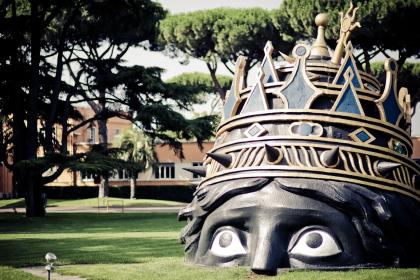
 Condividi
Condividi
MIAC - Museo Italiano dell’Audiovisivo e del Cinema
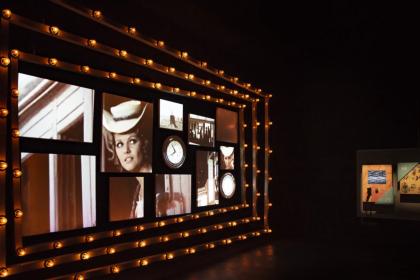
 Condividi
Condividi
Park of the Aqueducts
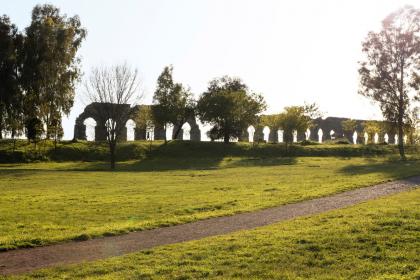
 Condividi
Condividi
Seductive landscapes of wild and still unspoiled nature
Information
 Condividi
Condividi
Location
To find out about all accessibility services, visit the Rome accessible section.












































